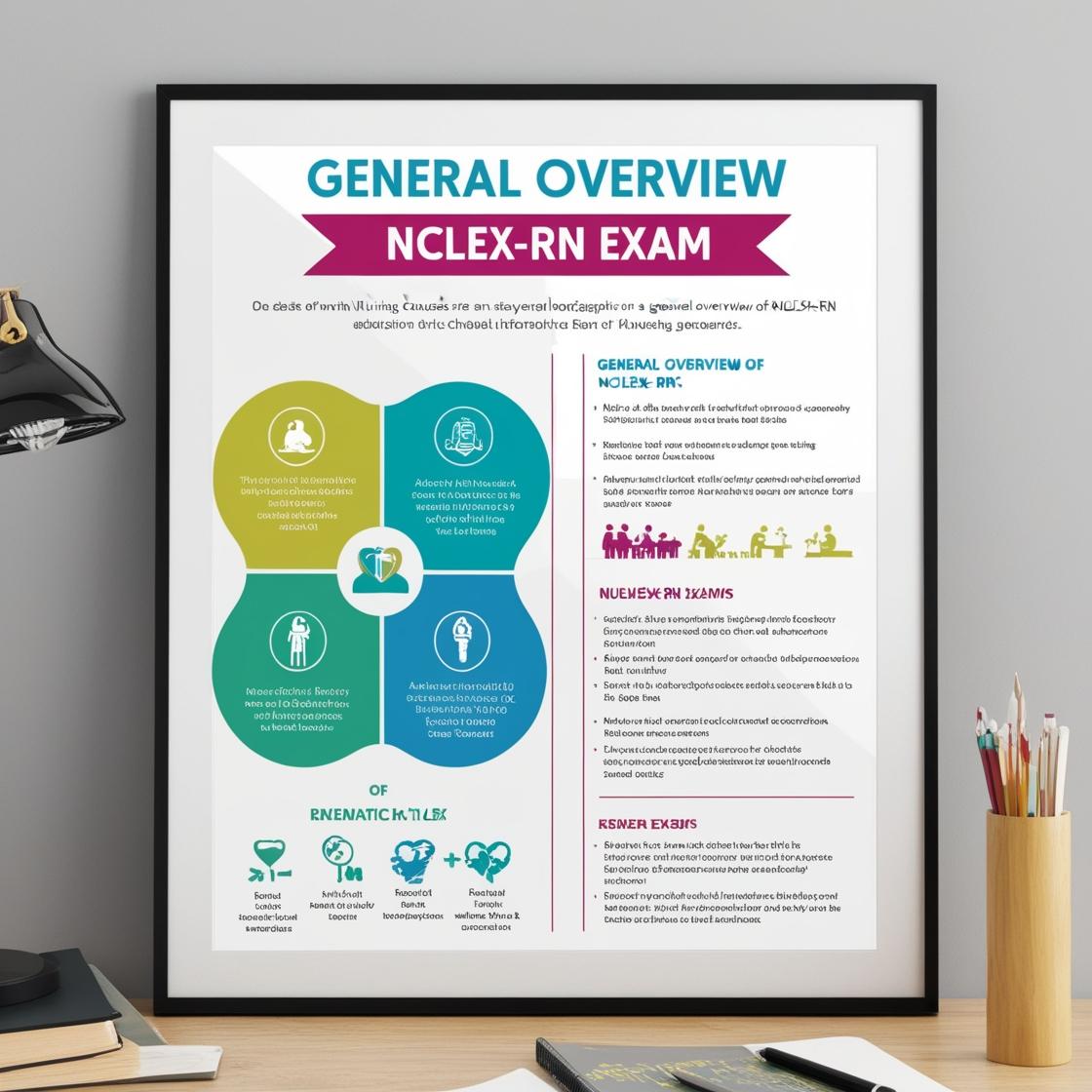NCLEX NCLEX-RN
NCLEX RN Exam Questions
1. A clinic nurse interviews a parent who is suspected of abusing her child. Which of the following characteristics is the nurse least likely to find in an abusing parent?
- A. Low self-esteem
- B. Unemployment
- C. Self-blame for the injury to the child
- D. Single status
Correct answer: C
Rationale: The profile of a parent at risk of abusive behavior includes a tendency to blame the child or others for the injury sustained. Abusers typically blame others, especially their partners, for the mistakes in their lives. This is related to hypersensitivity, but they are not necessarily alike. This occurs because most abusive people don't hold themselves as being accountable for the actions they commit. Instead, they'll try to shift the blame to the person that they have abused and somehow say they "deserved it"? or that they were forced into a corner.
2. A child has just been diagnosed with juvenile idiopathic arthritis. Which of the following statements about the disease is most accurate?
- A. The child has a poor chance of recovery without joint deformity.
- B. Most children progress to adult rheumatoid arthritis.
- C. Nonsteroidal anti-inflammatory drugs are the first choice in treatment.
- D. Physical activity should be minimized.
Correct answer: C
Rationale: The correct answer is that nonsteroidal anti-inflammatory drugs are the first choice in treatment for juvenile idiopathic arthritis (formerly known as juvenile rheumatoid arthritis). NSAIDs are important as a first-line treatment and typically require 3-4 weeks for the therapeutic anti-inflammatory effects to be realized. Choice A is incorrect as early treatment can improve outcomes and prevent joint deformities. Choice B is incorrect as juvenile idiopathic arthritis does not necessarily progress to adult rheumatoid arthritis. Choice D is incorrect as physical activity should be encouraged in children with arthritis to maintain joint mobility and overall health.
3. A two-year-old child has sustained an injury to the leg and refuses to walk. The nurse in the emergency department documents swelling of the lower affected leg. Which of the following does the nurse suspect is the cause of the child's symptoms?
- A. Possible fracture of the tibia.
- B. Bruising of the gastrocnemius muscle.
- C. Possible fracture of the radius.
- D. No anatomic injury, the child wants his mother to carry him.
Correct answer: A
Rationale: The child's refusal to walk, along with swelling of the lower leg, indicates a possible fracture, specifically of the tibia. Fractures can cause pain and swelling, leading to difficulty or refusal to bear weight on the affected limb. Choice B, bruising of the gastrocnemius muscle, would not typically result in the child refusing to walk. Choice C, a possible fracture of the radius, is less likely given the location of the swelling and the associated refusal to walk. Choice D, stating no anatomic injury and attributing the child's behavior to wanting to be carried by the mother, is incorrect as the physical findings suggest a potential fracture that needs to be evaluated further.
4. A client is scheduled for a percutaneous transluminal coronary angioplasty (PTCA). The nurse knows that a PTCA is
- A. Surgical repair of a diseased coronary artery.
- B. Placement of an automatic internal cardiac defibrillator.
- C. Procedure that compresses plaque against the wall of the diseased coronary artery to improve blood flow.
- D. Non-invasive radiographic examination of the heart.
Correct answer: C
Rationale: Percutaneous transluminal coronary angioplasty (PTCA) is a procedure that involves compressing plaque against the wall of a diseased coronary artery to improve blood flow. It is a minimally invasive procedure performed during a cardiac catheterization to open blockages in the coronary arteries. Surgical repair of a diseased coronary artery refers to procedures like coronary artery bypass grafting (CABG), not PTCA. Placement of an automatic internal cardiac defibrillator is a different intervention used for managing cardiac arrhythmias, not for improving coronary blood flow. A non-invasive radiographic examination of the heart would typically refer to procedures like a cardiac CT scan or an MRI, not PTCA.
5. A newborn has been diagnosed with hypothyroidism. In discussing the condition and treatment with the family, the nurse should emphasize:
- A. They can expect the child will be mentally retarded.
- B. Administration of thyroid hormone will prevent problems.
- C. This rare problem is always hereditary.
- D. Physical growth/development will be delayed.
Correct answer: B
Rationale: The correct answer is administration of thyroid hormone will prevent problems. In newborns diagnosed with hypothyroidism, early identification and continuous treatment with hormone replacement can correct this condition effectively. Choice A is incorrect as it uses outdated and inappropriate language (mentally retarded) and does not reflect modern understanding of conditions. Choice C is incorrect because while some cases of hypothyroidism can be hereditary, it is not always the case. Choice D is incorrect as physical growth and development can be affected by hypothyroidism, but the critical emphasis should be on the importance of administering thyroid hormone to prevent complications and support normal growth and development.

Access More Features
NCLEX RN Basic
$1/ 30 days
- 5,000 Questions with answers
- Comprehensive NCLEX coverage
- 30 days access
NCLEX RN Premium
$149.99/ 90 days
- 5,000 Questions with answers
- Comprehensive NCLEX coverage
- 90 days access
